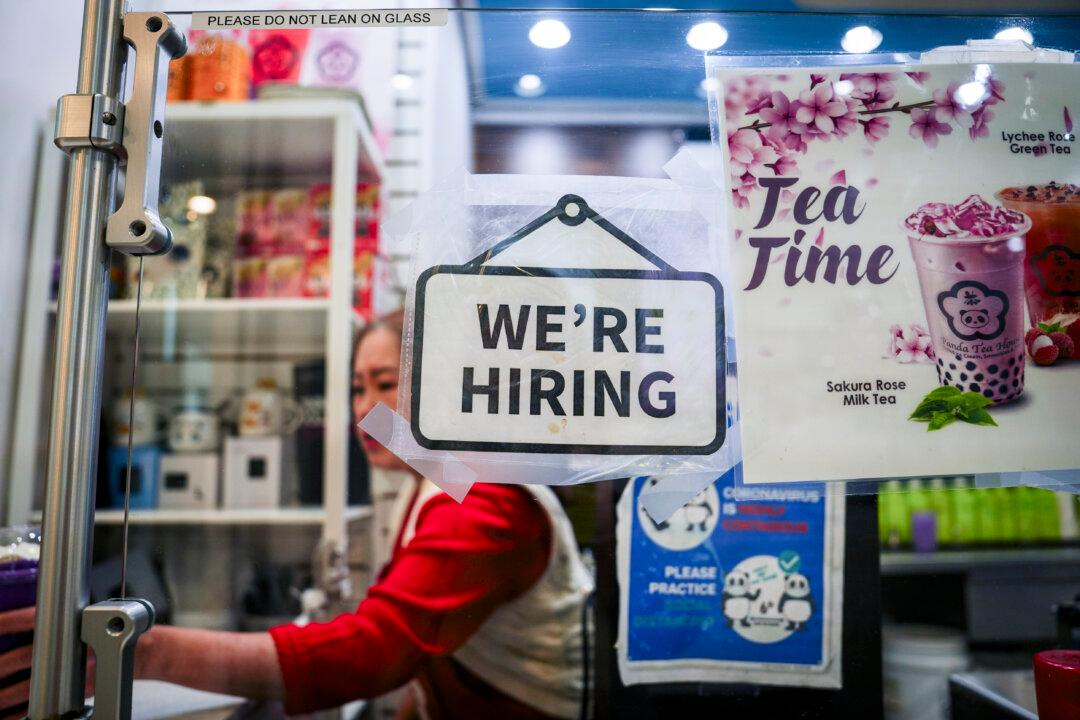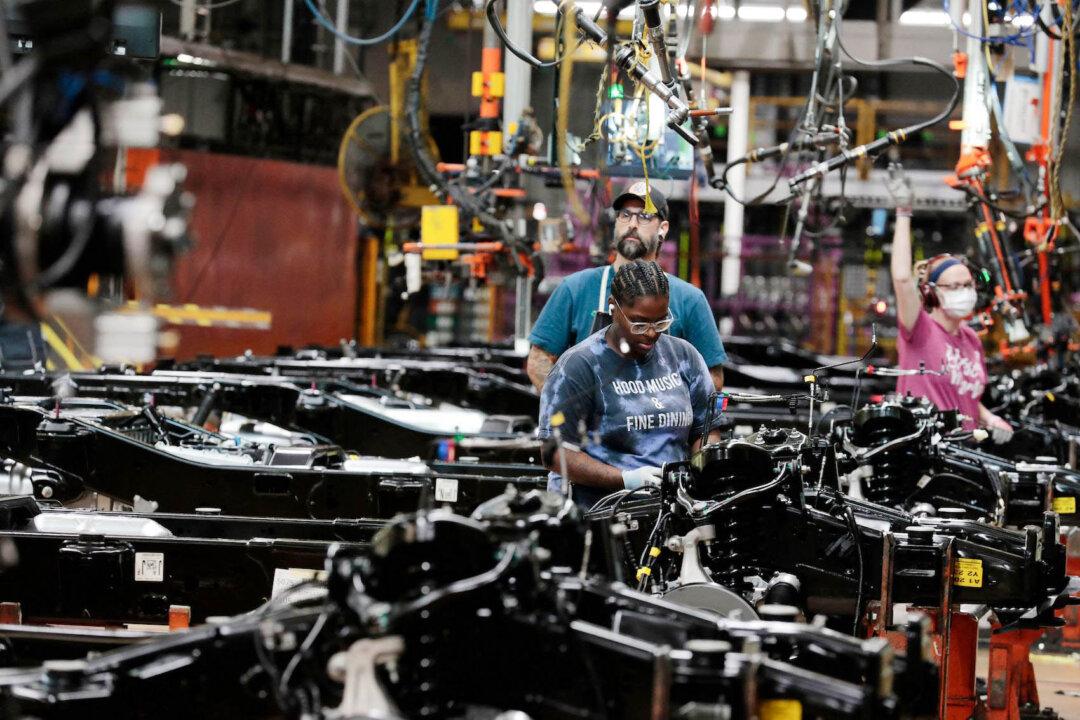The Federal Reserve’s preferred inflation measure slowed sharply in March, spotlighting the further stabilization of inflation in the first three months of 2025.
Core PCE, which removes the volatile energy and food categories, slowed sharply to 2.6 percent last month, in line with market estimates.
Economists’ consensus forecast signaled 2.2 percent and 2.6 percent readings, respectively.
From February to March, PCE and core PCE inflation were flat.
Prices for goods declined 0.5 percent after a 0.2 percent jump in the previous month. Services inflation edged up 0.2 percent, down from a 0.5 percent increase in February.
The Bureau of Economic Analysis also reported that personal income surged 0.5 percent and consumer spending soared 0.7 percent.
This suggests that household finances remain intact and that shoppers may have been front-running new tariffs.
Both figures came in higher than expected.
Monetary policymakers prefer the PCE to the Consumer Price Index, or CPI, because it is considered broader and more accurate, as it accounts for changes in consumer behavior.
The first-quarter employment cost index rose to 0.9 percent for the second consecutive quarter. While wages slowed to 0.8 percent, benefits advanced 1.2 percent.
This comes after the first-quarter GDP report indicated a renewed uptick in cost pressures.
The GDP Price Index—a gauge of changes in prices of goods and services produced domestically—surged to 3.7 percent from 2.3 percent in the October-December period.
Quarterly PCE and core PCE prices also climbed to a higher-than-expected 3.6 percent and 3.5 percent, respectively.
Looking ahead to the next series of inflation reports, early estimates indicate that price pressures remain stable.
Core inflation is projected to be 2.8 percent.
The April PCE and core PCE annual inflation rates could be 2.1 and 2.5 percent, respectively.
The PCE data indicated that inflation stabilized before President Donald Trump’s tariff plans.
Meanwhile, economic observers continue to be concerned that the Trump administration’s levies could disrupt global supply chains, leading to supply-push inflation, which occurs when overall prices for goods and services rise.
“Supply chain disruptions can accentuate an already looming problem, causing further inflation. And unfortunately, there are no quick fixes for supply-based inflation–interest rate cuts are useless against it,” CIO of Siebert Financial Mark Malek told The Epoch Times.

Last week, the S&P Global Composite Purchasing Managers’ Index (PMI)—a monthly report on industries’ prevailing economic direction—spotlighted renewed cost pressures.
Earlier this month, Fed Chair Jerome Powell stated that tariffs are “highly likely to generate at least a temporary rise in inflation,” and could make the U.S. central bank’s dual mandate difficult. The institution is tasked with promoting maximum employment and price stability.
The Fed is expected to leave interest rates unchanged at next month’s policy meeting. The futures market has signaled a 58 percent chance of a rate cut in June.
Trump has expressed his frustration with the Federal Reserve’s lack of monetary policy easing through cutting interest rates.
While the Trump administration is advancing tariffs to level the playing field, Malek noted that this could be challenging to achieve without absorbing a bout of inflation.
“Any negotiation would have to be concluded promptly to avoid pandemic-like supply chain rifts,” Malek said.







